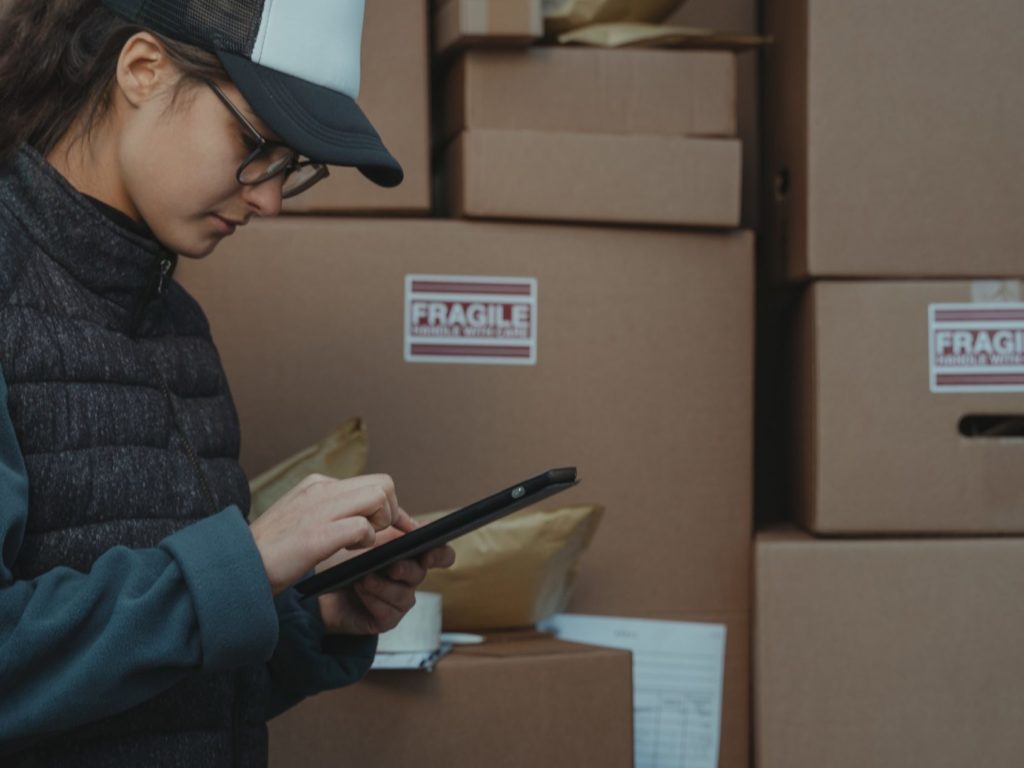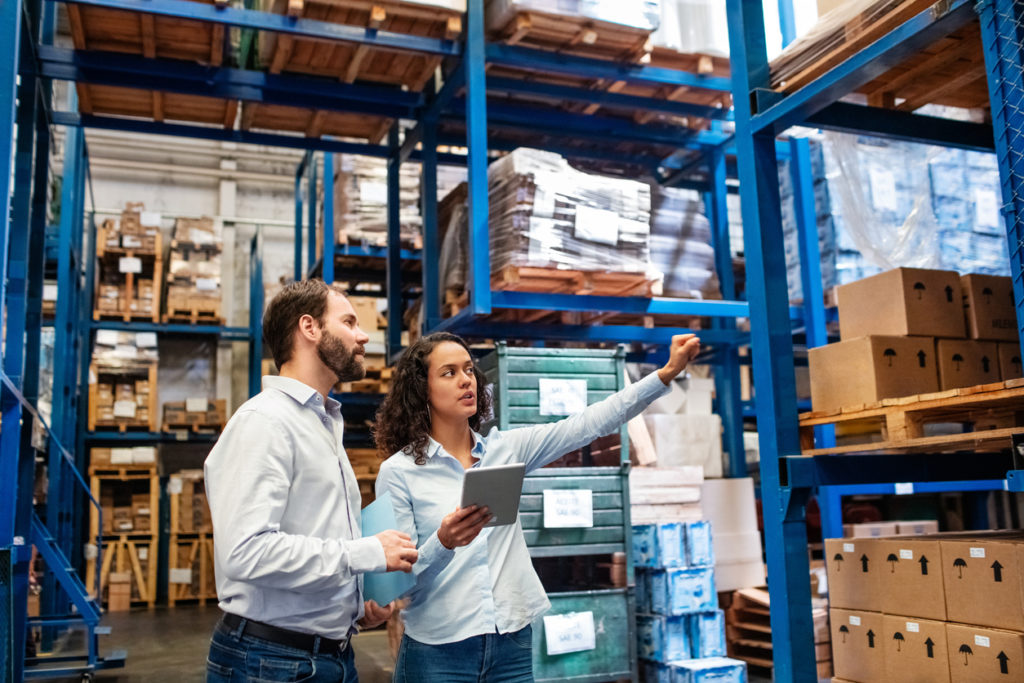Top 6 Last Mile Delivery Trends to Watch
In recent years there have been numerous expected and unexpected changes surrounding last-mile delivery. For the most part, these changes have been propelled by customer need for increased shipping visibility (knowing where one’s parcel is), tracking, and a demand for faster delivery times.
With more people shopping online, the push to improve the future of last-mile delivery has been accelerated. Since third-party shippers are the go-between for receiving products directly from producers and responsible for getting ordered products to shipping transporters, they are most affected.
If last-mile delivery companies want to gain the upper hand in this ever-evolving sector of the supply chain, they need to know the trends in last-mile delivery. In this article, our experts share a few of the latest last-mile delivery trends that help improve customer experiences, productivity, and profit turnover.
What Exactly Is Last Mile Delivery?
Before we look at the top last-mile delivery trends, we want to briefly explain what last-mile delivery is. Also known as final-mile delivery, this delivery model is the last milestone when a parcel needs to be shipped to reach its final destination. Last-mile delivery involves the movement of packages from a last-mile distribution center to a delivery location.
Usually, last-mile delivery companies will deliver goods to a residential or commercial address, and they have to ensure a consumer gets their goods within a specific time frame. When last-mile deliveries are done right, more loyal customers are gained.

What Are The Top Six Last-Mile Delivery Trends To Watch?
Now that you’re aware of what last-mile delivery is, we can discuss the top last-mile delivery trends to watch. Armed with this knowledge, you can make better business decisions.
1. Robotic Deliveries
Labor is the highest expense for last-mile deliveries, with most companies estimating it accounts for 60% of costs. Besides expensive labor, scheduling, and availability are pain points for companies trying to get goods to customers quickly and efficiently.
To combat these issues, more and more companies are experimenting with robotic deliveries using drones, autonomous delivery bots, and self-driving vehicles. Although this last-mile delivery technology has a long way to go until it’s tried and true, it appears to be the way of the future for many last-mile shipping companies.
This is especially true when considering autonomous technology might make the jobs of partners and employees far safer and more productive on the road and at order fulfillment centers.

2. More Urban Warehouses
One of the biggest last-mile delivery trends to watch is the creation of more urban warehouses. E-commerce companies have built warehouses and hubs closer to cities to meet customers’ demands who want same-day deliveries.
If a warehouse is closer to the city, there will be near-instant access to products for fast customer deliveries. Due to this, transit times are reduced, and access to laborers and delivery agents is far easier.
3. Hybrid Fleet Systems
Many retailers have adopted a hybrid fleet model, which is a combination of third-party providers, gig and crowdsourced delivery drivers, and their own in-sourced fleet. Retailers have adopted a hybrid fleet system because it lets them scale their last-mile deliveries with changes in demand.
Suppose you want to use a hybrid fleet system and get ahead of this trend. In that case, you will need a transportation management system that can coordinate the many aspects found under the last-mile delivery umbrella.
Yet, the transportation management system used needs to provide a centralized dashboard that allows you to monitor vehicle location, optimize routing, and provide delivery updates in a timely fashion. It won’t make your last-mile deliveries more efficient if it cannot provide these things. However, if it can, you can effectively combine control and scalability to better your company’s deliverables.
Unfortunately, a hybrid fleet system isn’t beneficial to every company, and it’s challenging to implement because of the many moving parts in the supply chain.
4. Micro Warehousing
Last-mile delivery can be improved by renting additional commercial space and using it as micro warehousing for order fulfillment operations. If your company has a spike in orders, micro warehousing can help you create a larger footprint to fulfill customer orders.
Suppose you have micro warehouses to fulfill customer orders. In that case, you can allocate different warehouses for different kinds of deliveries and inventory distribution, making your supply chain more efficient and productive.
For example, you can use one micro warehouse for same-day deliveries stocked with fast-selling products and one for next-day deliveries stocked with less time-sensitive goods. This streamlines the process leaving room for fewer mistakes.

5. Adoption Of Smart Tracking
Smart tracking is a last-mile delivery trend of the future. Many retailers have adopted smart tracking like newfound location intelligence (LI) technologies because it improves last-mile delivery.
With intelligent tracking, you will have access to real-time tracking, weather monitoring, visibility, and route and fleet optimization to ensure the goods you’re transporting get to where they need to be on time. Ultimately, the right LI platform for your company will ensure you can keep your customers up to date on the exact location of a product in transit.
If customers can see their goods are on the way promptly, it inspires trust and loyalty while fostering good customer relationships.
6. Increased Use Of Analytics
Despite what you might have been told in the past, analytics play a crucial role in last-mile deliveries, which is why it’s a trend to watch.
A business can bring down overall fulfillment costs if analytics and forecasting are used appropriately. This is because analytics allows companies to monitor and discover where to cut costs and improve profits across all areas of their supply chain.
Essentially, with the increased use of analytical tools, lower costs will be achieved without sacrificing the level of service customers expect. This, in turn, allows companies to offer better shipping options like same-day delivery services and two-day shipping.

Speak With A Professional At Pillow Logistics To Discuss Your Last Mile Delivery Needs
There are many last-mile delivery trends to watch, especially considering the technology leveraged to elevate last-mile delivery to improve productivity and efficiency while keeping customers happy and costs low.
Shippers need to take note of these trends and capitalize on them, or they risk losing their competitive advantage, especially when e-commerce giants like Target, Amazon, and Walmart are fine-tuning their last-mile delivery practices toward near-instant delivery.
If you want to know more about last-mile delivery trends or discuss your last-mile delivery needs, you can speak with an expert at Pillow Logistics. We understand these trends and can help you use them to improve your supply chain. So contact us, and we’ll be in touch.

